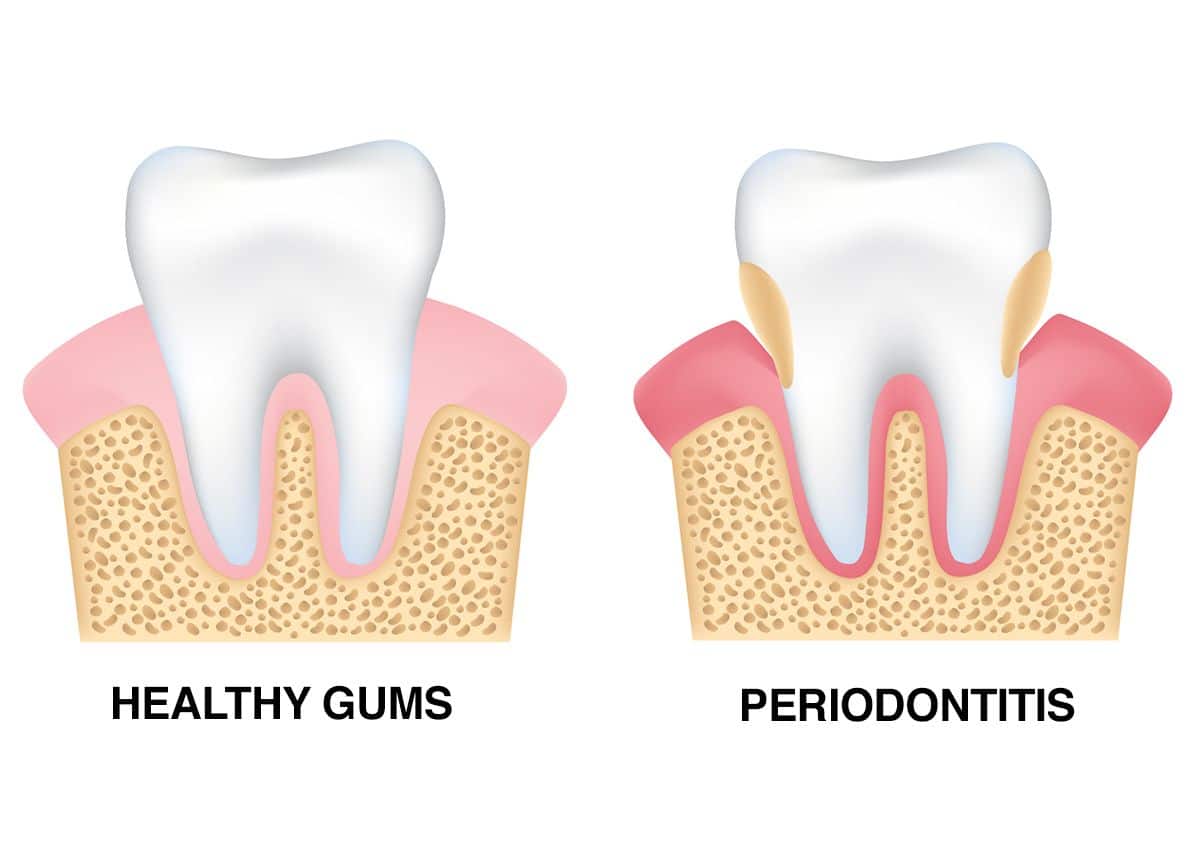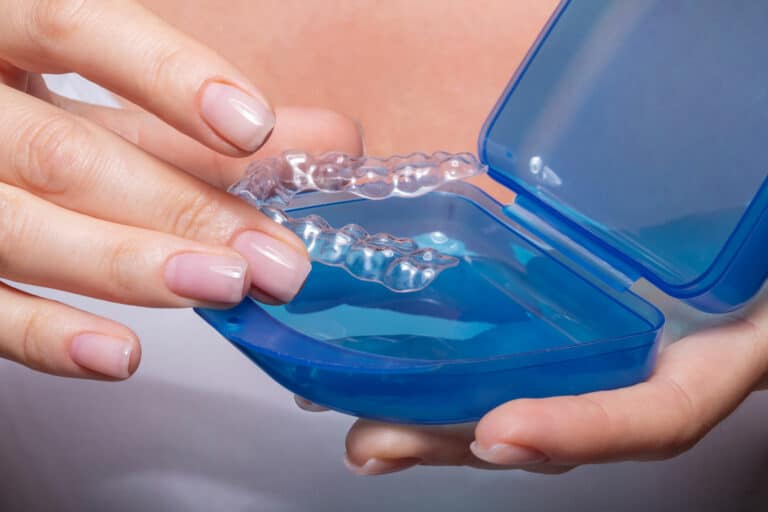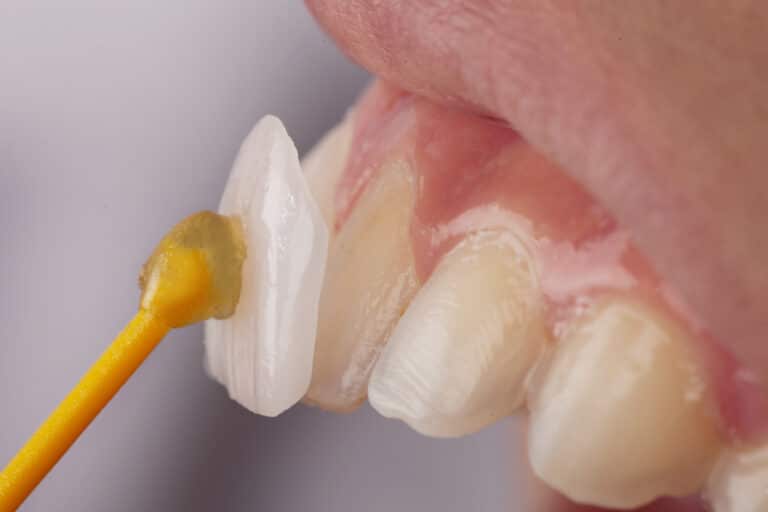Most patients notice changes to their teeth, including chips, discoloration, or sensitivity. This typically prompts patients to see their dentist for diagnosis and treatment. However, patients are less likely to notice abnormalities in the appearance of the gum tissues. However, the health of the gums is just as important as the health of the teeth.
Patients may go for weeks or months with gums that are red, puffy, and tender. They may assume this is normal, but it is not. Red, swollen, and bleeding gums are a sign of gingival inflammation, which can result from a wide variety of important dental and medical issues. Here, the team at Astoria Dental Group in Queens, NY discusses the causes and treatments for swollen, irritated gums. We offer gum disease treatment to restore our patients’ oral health.
Inflammation, the Body’s Natural Defense Mechanism
Gum tissues that are bright red, shiny, tender, and swollen are exhibiting signs of inflammation. Inflammation, which can occur anywhere in the body, is an important aspect of the immune system. Its purpose is to help the body defend itself against infections and injuries and to aid in healing. Without this complex defense system, the smallest of infections or wounds would be life-threatening.
The signs of inflammation include pain, swelling, heat, redness, and immobility. Sometimes all of these are present. In other cases, only some of these signs appear.
Red, swollen, and bleeding gums are a sign of gingival infection, which can result from poor dental hygiene, smoking, the use of certain medications, and a range of other factors.
Causes of Gingival Inflammation
There are many possible causes of gingival inflammation, each having specific dental and medical implications. It is essential to identify the specific cause before beginning treatment.
The most common cause of gingival inflammation, by far, is the body’s response to the existence of bacterial plaque. Plaque is a colorless, sticky, bacteria-laden film that forms on and in between the teeth. Effective daily brushing and flossing can remove the plaque, but if oral hygiene is lacking, plaque will accumulate, and gingival inflammation will follow.
The bacteria in plaque excrete toxins that irritate the gingival tissues and trigger an immunological response. The result is gingival inflammation, causing the gums to become red and swollen. In its earliest stages, this form of gingival inflammation is called “gingivitis,” a non-destructive and reversible form of gum disease.
If gingivitis progresses, a more severe type of gum disease, known as periodontitis, will develop. This is a destructive disease that causes the bone and soft tissues to deteriorate from around the teeth. If this is left unchecked, the teeth will be lost.
Since red, swollen, and bleeding gums can be an indication of gingivitis and periodontitis, these symptoms should not be ignored.
Treatment and Prevention
The treatment and further prevention of plaque-related gingival inflammation is relatively straight-forward. It begins with a professional dental cleaning, perhaps combined with a deep cleaning, consisting of scaling and root planing.
Patients should, at the same time, follow a good oral hygiene routine at home. This includes brushing two or three times daily with a soft toothbrush and daily flossing, along with other measures that the dentist may recommend, such as the use of anti-bacterial mouthwash.
Treatment for patients with advanced periodontal disease is more complex and may require additional therapy, including gum surgery.
Contact Our Practice
To schedule a consultation at our practice, contact us online or call us at (718) 215-0510.




